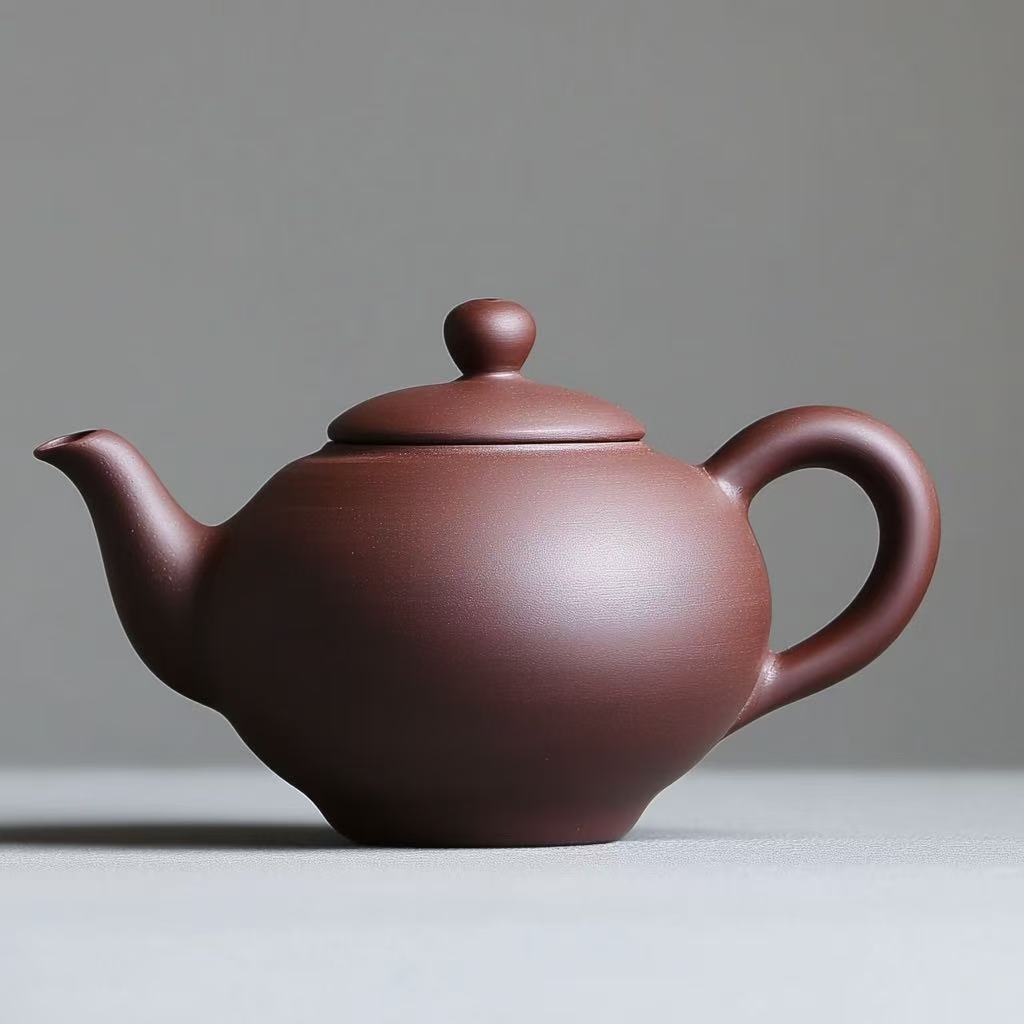Blog
Uncover the 7 reasons why the global elites are chasing after handmade ceramic tea sets
From 72 processes to NFT anti-counterfeiting, from double-hole health science to kiln-changed art investment
The irreproducibility of handmade ceramics: a spiritual fortress against industrialization
1. Jingdezhen white porcelain requires 72 processes. The slight deviation of 0.3 mm when the craftsman throws the pottery becomes the "life fingerprint" of the work.
2. Jun porcelain is famous for "one color in the kiln, thousands of colors out of the kiln". The glaze surface will produce unpredictable flow patterns when the kiln temperature fluctuates by 1°C. Each piece is unique in the universe.
3. A purple clay pot needs to be aged for more than 3 years and hammered 100,000 times by hand. This "slow manufacturing" has become a scarce product in the fast-paced society.
The human warmth that technology cannot reach
1. The work of Japanese Bizen ware master Seiji Nakagawa. NFT records the trembling data of arthritis attacks when he kneaded clay. This "pain aesthetics" can never be simulated by AI.
2. When successful people customize tea sets, they often ask to incorporate family emblems or DNA elements to make the utensils a physical carrier of family history.
Cultural capital: from utility to class passport
1. The "lotus pattern" of Jingdezhen blue and white porcelain is interpreted by Western elites as a philosophical metaphor of "eternal cycle", forming a dialogue between the East and the West with the gear aesthetics of Swiss mechanical watches.
2. In the office of a New York hedge fund manager, Song Dynasty Jianzhan and Picasso's paintings are displayed side by side. The former represents Eastern wisdom, and the latter symbolizes Western capital, jointly constructing the personality of "cross-border education".
3. At a private tea party in the City of London, brewing tea with machine-made ceramics would be considered "nouveau riche", while the purple clay teapot made by Gu Jingzhou is a silent declaration of "old money".
4. At the Sotheby's auction in 2024, a Ming Dynasty Dehua white porcelain Guanyin cup was sold at a high price of US$2.3 million, with an annualized return rate of 17%, far exceeding the S&P 500 index.
The dual needs of health and taste
Zisha double pores: Its unique air permeability makes aged Pu'er tea more mellow, "The longer the tea is left overnight, the less likely it is to deteriorate in the hot summer."
Mineral activation: Ru porcelain celadon glaze contains iron oxide particles, which can release far infrared rays, cut water molecules into 5-6 groups, and increase the sweetness of the tea soup.
Tactile healing: The subtle textures on the surface of handmade ceramics (such as wood-fired ash glaze) can stimulate the tactile nerves of the fingertips, producing a stress-relieving effect similar to playing with cultural relics.
Visual meditation: The kiln-changed patterns of Jun porcelain form a dynamic galaxy under AR projection, becoming a "digital meditation" tool between executive meetings.

The Collection Logic of Successful People
1. The finished product rate of Jingdezhen Chai Kiln is less than 20%, and the top masters only produce 3-5 pieces per year, which naturally has anti-inflation properties.
2. Each set of tea sets is bound to a blockchain token, recording the full-link data from the mine coordinates to the auction flow, eliminating the risk of counterfeiting.
3. When the Dubai Sheikh customized tea sets, he requested that the desert rose crystal pattern be integrated with the family crest, and NFT simultaneously generated a 3D holographic family tree.
4. Meta CEO Zuckerberg customized tea sets for his wedding, and the glaze was embedded with the voiceprint data of the wedding scene, becoming a "digital heirloom" for the Silicon Valley upstart.
In summary
While Musk drinks coffee from a 3D-printed cup, Bezos plays with a burnt-wood teacup engraved with the Amazon stock code, which has three times as many likes on Instagram.
This reveals a cruel fact: in an era dominated by algorithms, handmade ceramic tea sets have become the last bastion of human resistance to digital alienation and the ultimate code of class differentiation.